The Growing Case for Monthly Giving in a Changing Donor Landscape
For years, monthly giving was how I did nearly all of my (or family’s) charitable giving. Before launching my company, I treated monthly donations like any other recurring expense—reliable, consistent, and manageable within my budget. It allowed me to support the causes I cared about without needing to make a large one-time decision. It wasn’t until I became a business owner that my giving shifted to year-end decisions, based more on cash flow and tax implications. But my early experience reminds me why monthly giving may now be more important than ever—especially in a world where fewer households are giving at all.
Recent data confirms a troubling trend: the number of American households making charitable gifts annually is steadily declining. This isn’t just a temporary dip; it's a long-term pattern. And while wealthier donors continue to give in large amounts, nonprofits are feeling the absence of broad-based support that traditionally came from everyday donors.
This is where monthly giving becomes a critical strategy—not just for organizations, but for donors as well.
Monthly giving offers a practical solution for individuals who want to remain charitable but feel financially constrained. A $15, $25, or $50 gift may feel like too much to part with at once, but spread across 12 months, it becomes both doable and impactful. For many donors, it turns a one-time $100 gift into a $300 annual contribution—without them ever having to make a major giving decision.
From the nonprofit’s perspective, monthly giving creates financial predictability. It smooths out cash flow, increases donor retention, and establishes a base of support that’s more resilient during uncertain economic periods. Donors in recurring programs tend to give longer and at higher cumulative levels than one-time givers. And they often become some of the most engaged and loyal supporters.
In today's environment—where inflation, economic anxiety, and shifting generational preferences are redefining how people give—monthly programs meet donors where they are. They offer flexibility, ease, and a sense of ongoing involvement.
If a nonprofit organization isn’t already investing in a robust monthly giving program, now is the time to rethink that strategy. Make the option clear across all channels. Explain the impact of recurring gifts. And consider how small monthly amounts, multiplied over time, can create sustainable support that offsets the decline in broader participation.
As we work to engage the next generation of givers—and re-engage those who’ve stepped away—monthly giving could be the key to long-term stability. It worked for me. And it can work at scale.


